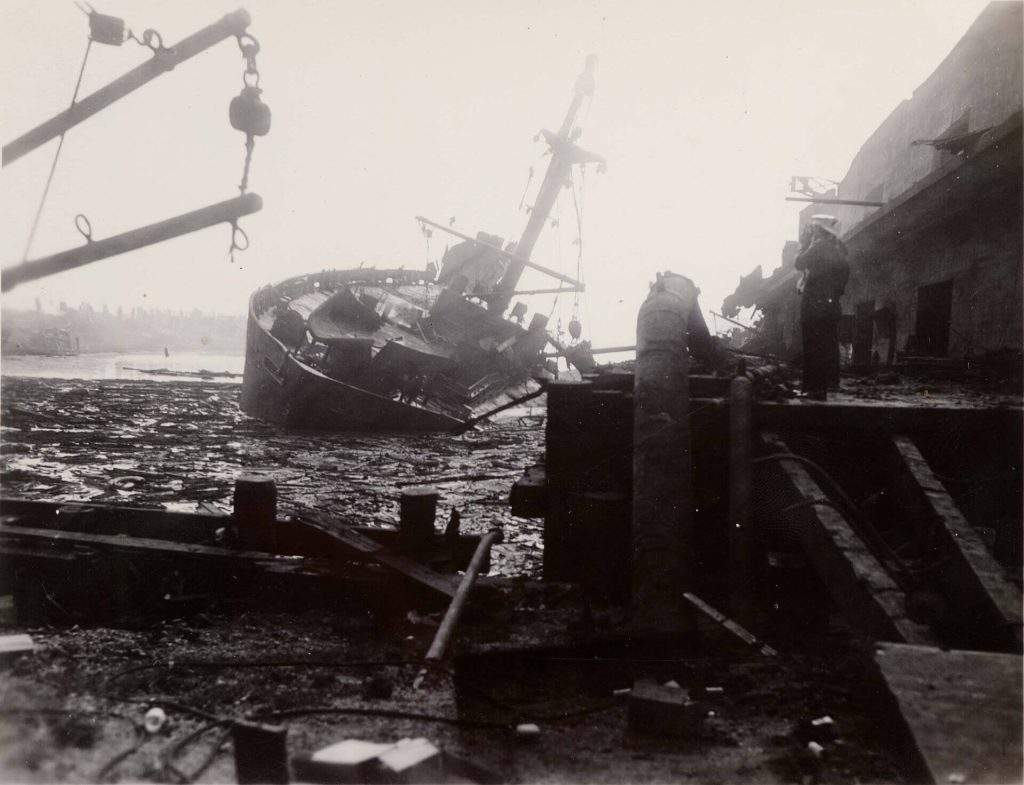How Hurricane Harvey Showcased Chemical Industry Safety
We’ve been following developments around Hurricane Harvey closely, since we’ve got our own team in Texas. Thankfully, Arlington was far north of Harvey’s worst effects.
But is anyone surprised that – as soon as an incident happened at a flooded Houston-area chemical plant in the wake of the storm – critics began crawling out of the woodwork to slam the operators and, by implication, the rest of the industry?
The story, and some of the flak being aimed at the operator, Arkema, are fodder for quick video snippets and social media headlines.
Other media have claimed that millions of pounds of chemicals were discharged by plants forced into shutdown mode by the approaching storm. Though many of these stories have yet to be confirmed.
The bigger truth that very few of these people seem to grasp or admit? That the potential for chemical catastrophe from a natural disaster on the scale of Hurricane Harvey is mind-boggling, if you consider the number of producers, refiners and shippers located in the Houston vicinity. But so far, worst-case scenarios haven’t come true.
Seventy years ago, a far more violent disaster hit the Gulf Coast, close to Houston. The Texas City Disaster was the result of an incomplete understanding of the explosive potential of ammonium nitrate and a lack of safety and emergency protocols (those fighting the fire that eventually triggered the explosions took exactly the wrong measures to combat the blaze, ensuring tragedy).
The result? 581 people were killed, including all but one member of the Texas City fire department, and the city was leveled.
Because of accidents like Texas City, but also because the people working in the chemical industry know that safety should be proactive, not just reactive, regulations and best practices get drafted and drilled into the managers and workers responsible for safe handling and storage of these products.
It’s why there’s an N.A.C.D., already huddling with the authorities to plan the next steps in assessing the impact on chemical operations and facilities in the area. It’s why we’re proud to be part of a Responsible Distribution program to safeguard the health, safety, and security of employees, communities, and the environment.
Coping with sudden calamity
So, nobody knows the importance of safety and precautionary measures more than the men and women who make up the chemical industry. The difficulties and complexities involved in just maintaining everyday safety standards are often beyond the understanding of outsiders who are so willing to sling stones at moments like this.
But as we said, what if the media and the faultfinders took another path, and chose to grade our industry on the basis of the calamities that haven’t happened from Harvey?
Hurricane Harvey has proven to be an epic natural disaster on a once-in-a-lifetime historical scale. The kind that can be nearly impossible to predict or take measures against.
Its force and capacity for damage were unexpected and sudden, catching local authorities off guard. The well-covered issues with Houston and Harris County zoning and flood control only multiplied its impact.
Chemical industry professionals, meanwhile, were faced with the same titanic threat as the rest of the region. The fact they responded as quickly as they did, and that there haven’t been deadly consequences of the storm from their sector, is a testimony to how well they’ve done their jobs. As well as to the seriousness with which an entire industry views the need for safety and accountability.

